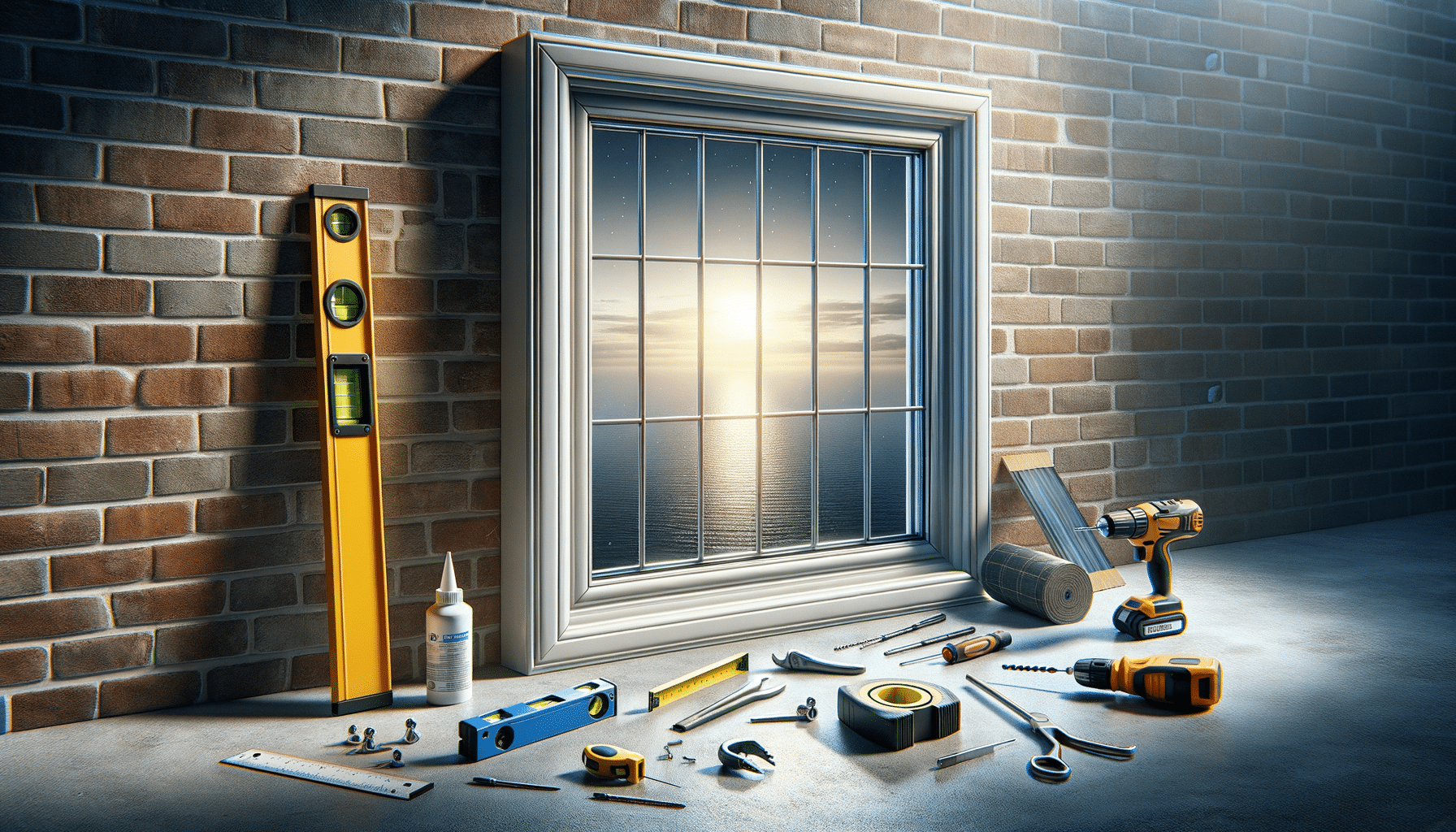
Simple Creativity Triggers You Can Use Every Day
Outline:
- Creativity Starts With Attention
- The Power of Small Shifts
- Playful Constraints and Why They Work
- Letting the Mind Wander, on Purpose
- Cultivating Creative Moments
- FAQs
We often imagine creativity as a lightning bolt—sudden, wild, unpredictable. We think of great artists or inventors who, in a moment of brilliance, birthed something extraordinary. But real creativity doesn’t rely on moments of magic. It lives in the small choices we make every day. Creativity isn’t reserved for the chosen few. It’s not a personality trait or a gift from the gods. It’s a practice—something you nurture, step by step, through attention, curiosity, and a willingness to explore without fear. And more often than not, it’s not the grand ideas but the small sparks that start the fire.
Creativity Starts With Attention
Every idea begins with noticing. The shape of a shadow. A strange phrase in a conversation. The way two unrelated thoughts collide in your mind.
Psychologist Mihaly Csikszentmihalyi, known for his work on flow states, believed that creativity starts with how we pay attention to the world. When we move through life on autopilot, we miss the details that could unlock new thoughts. But when we look closely, deliberately, the ordinary becomes extraordinary.
Try this: pause for two minutes. Look at your surroundings. Choose one object—your coffee cup, a paperclip, a crack in the wall. Then ask: what’s unusual about this? What else could it be? That’s where creativity begins—not in brilliance, but in observation.
The Power of Small Shifts
We often wait for the “right time” to be creative—a blank afternoon, a quiet space, a flash of inspiration. But creativity doesn’t need ideal conditions. Sometimes, a change of perspective is all it takes.
Switch the hand you write with. Take a different route to work. Use a new word in a sentence. These micro-interruptions nudge your brain out of its patterns, breaking the loops that keep you thinking in the same tired ways.
There’s neuroscience behind this: when we do something new, we activate different neural pathways. Over time, this strengthens cognitive flexibility—our brain’s ability to adapt, connect, and innovate.
Playful Constraints and Why They Work
You’d think unlimited freedom would fuel creativity. But in reality, constraints often spark more inventive thinking.
Imagine being told to write a story in six words. Or draw something using only straight lines. Suddenly, your mind has to work differently—not harder, but smarter. Constraints force you to focus, reframe, and take unexpected paths.
One well-known study asked two groups to create art—one had unlimited materials, the other a fixed set. The group with constraints produced more original work. Why? Because limitations invite innovation.
Try this: give yourself a daily challenge. Write one sentence about something blue. Draw with your non-dominant hand. Tell a story with only questions. When creativity becomes play, pressure dissolves—and ideas flow.
Letting the Mind Wander, on Purpose
In a world obsessed with productivity, aimless thought is undervalued. But science says our best ideas often arrive when we’re not trying.
Think of the shower effect—that moment when, away from screens and noise, your brain connects dots on its own. When the mind is relaxed, the default mode network in the brain kicks in. This is the zone where ideas simmer beneath the surface, waiting to rise.
So take walks without headphones. Wash the dishes in silence. Stare out the window. Let your thoughts meander. You might find that the very idea you were chasing appears quietly, when you stop trying to catch it.
Cultivating Creative Moments
Creativity doesn’t demand brilliance. It asks for presence, openness, and trust in the process.
When we create small moments of curiosity—when we observe, shift, play, or wander—we build a life where inspiration feels natural, not forced. You don’t need to wait for inspiration. You can create the conditions for it, every single day.
So begin now. Choose one small creative trigger. Notice something new. Ask a different question. Make one tiny change.
Because creativity isn’t a destination—it’s a habit of attention. And it starts with a single step.
FAQs
Can I develop creativity even if I don’t consider myself a creative person?
Yes. Creativity is a skill, not a fixed trait. By using small daily prompts and observing your thoughts, you can strengthen creative thinking over time.
How do constraints help creativity instead of limiting it?
Constraints encourage focus and force your brain to find new ways of expression, often leading to more original and inventive ideas.
Why is boredom or downtime important for creativity?
When the brain isn’t actively focused, it enters a mode where deeper connections and new ideas are more likely to surface. This is frequently when your most creative thoughts appear.

